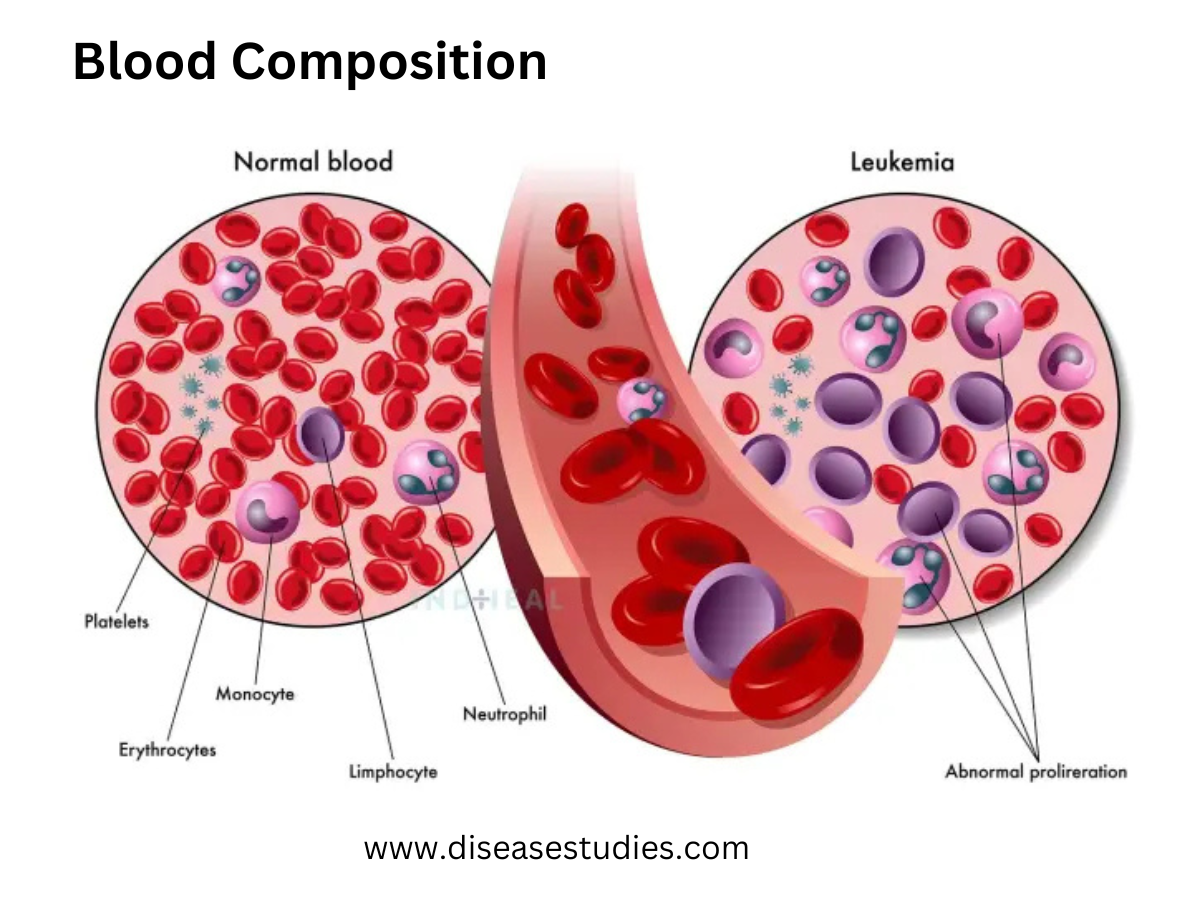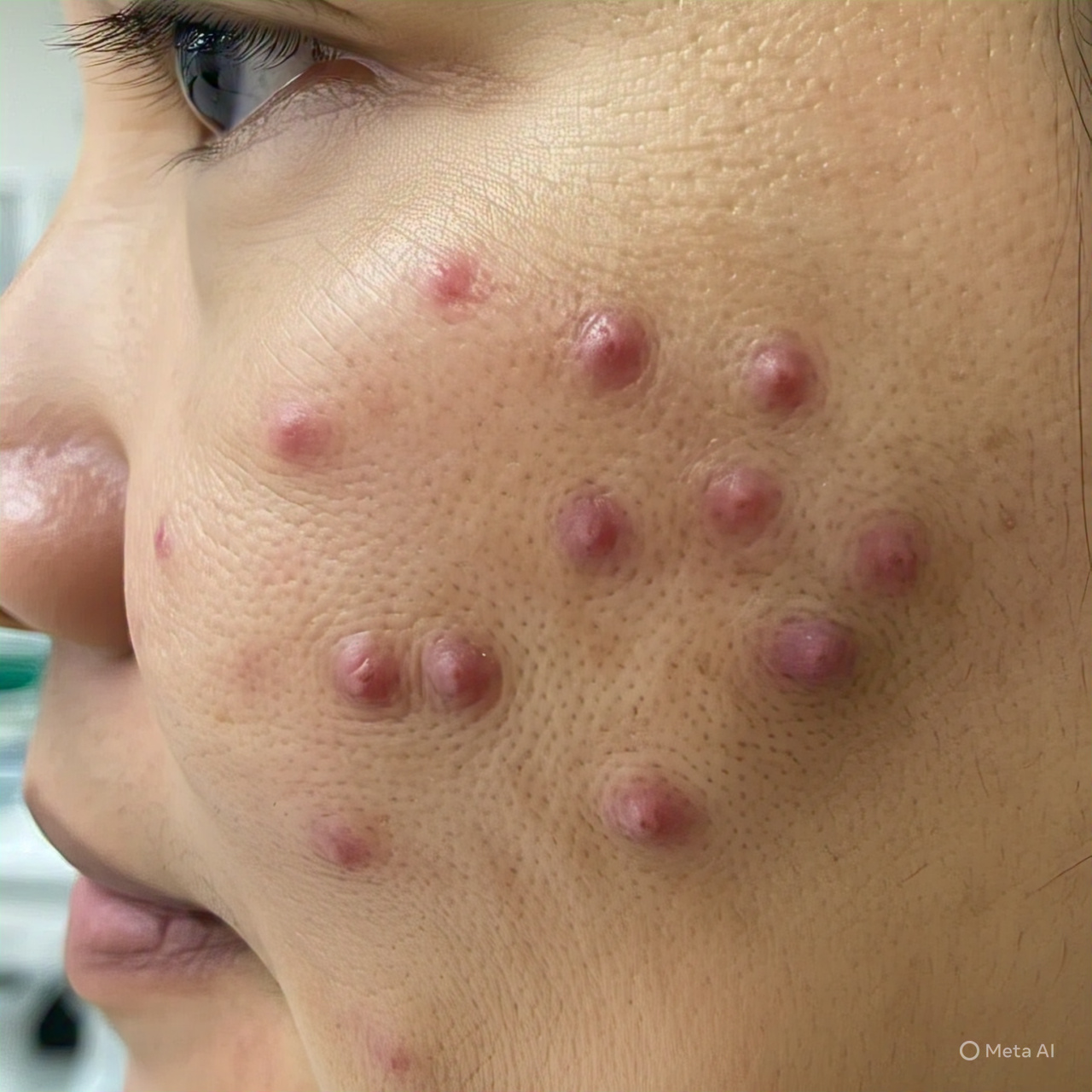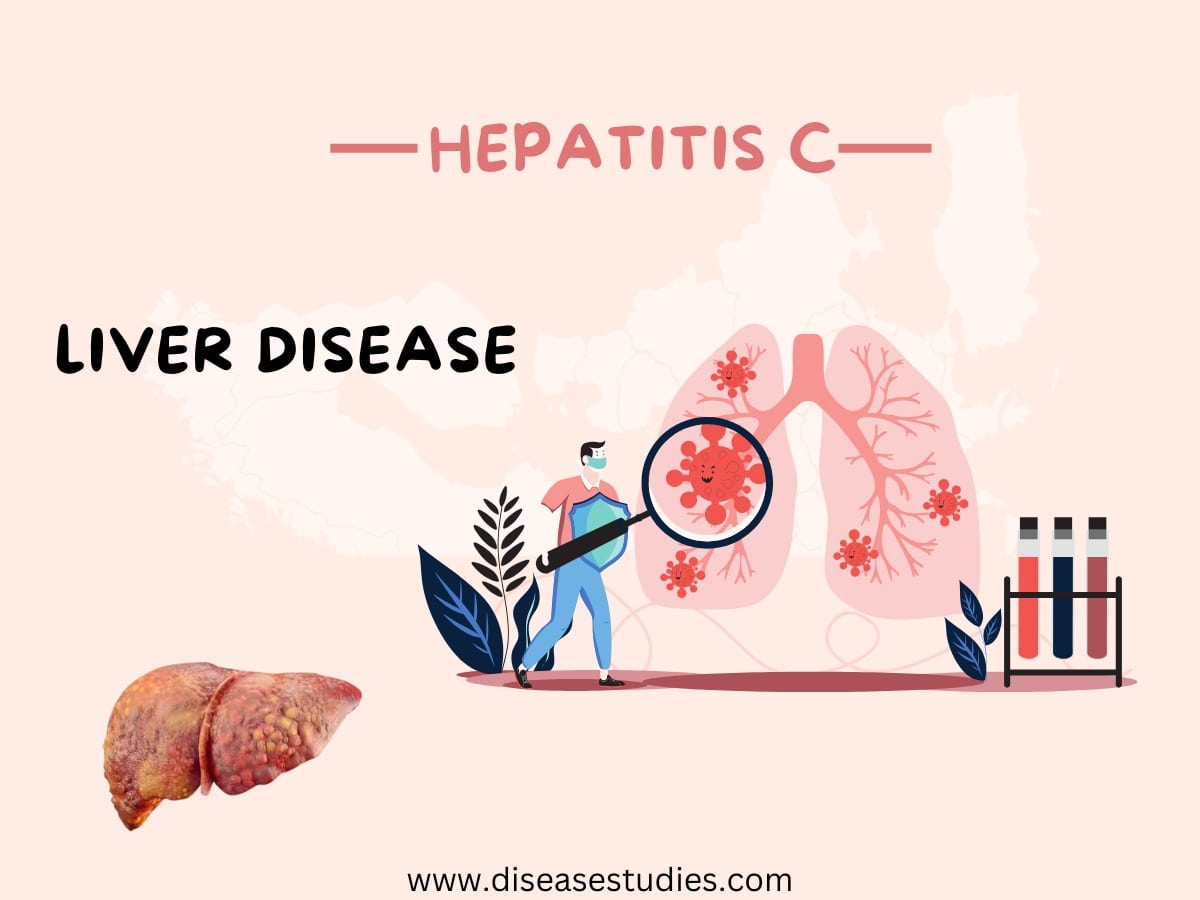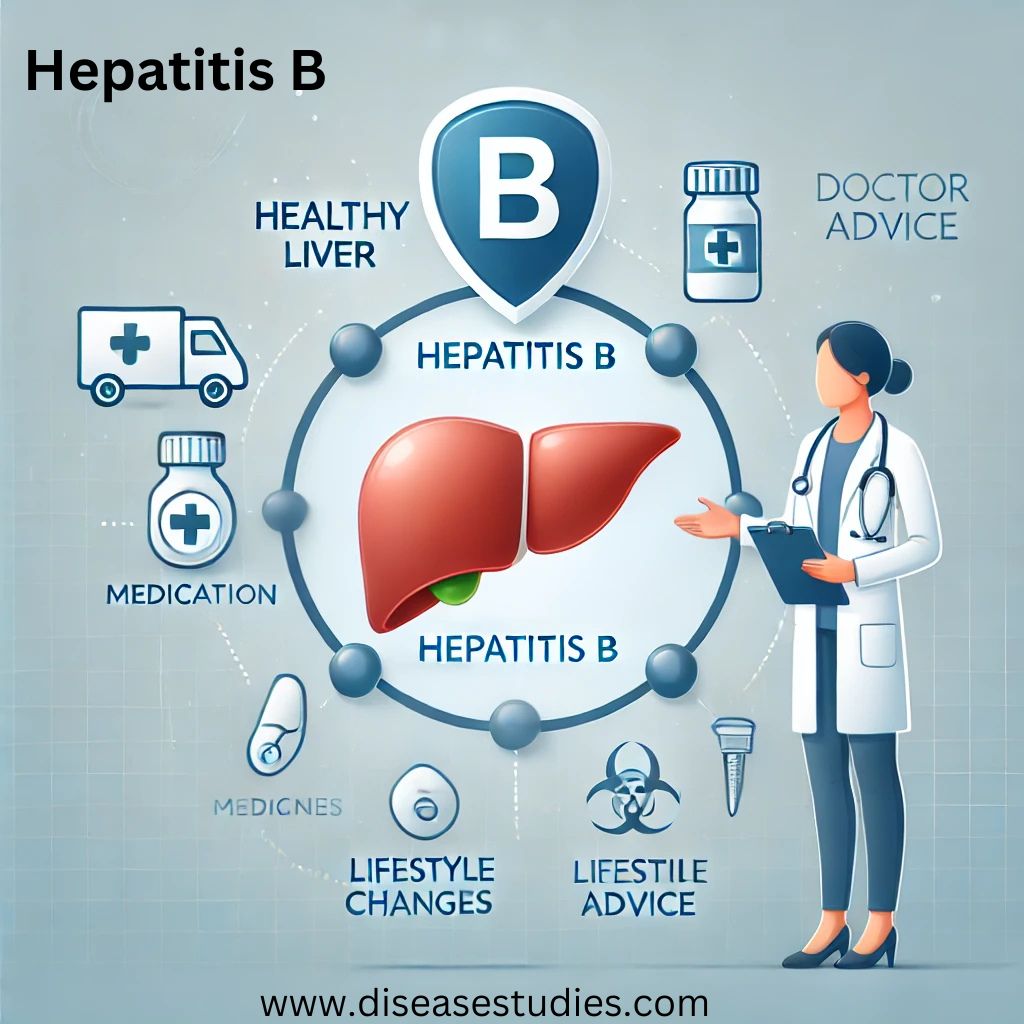
Blood is a specialized body fluid (a connective tissue) that is composed of a liquid called blood plasma and blood cells. The weight of blood in our body is about 1/12th of our body. The average adult body has about 5 litres of blood. In a healthy person, plasma constitutes about 55% by volume of blood, and cells or cell-like bodies are about 45% by volume of the blood.
BLOOD PLASMA
Plasma is primarily water in which proteins, salts, metabolites and wastes are dissolved.Water constitutes about 90-92% of plasma and 8-10% are dissolved substances. Salts make up 0.9 % of plasma, by weight. Sodium chloride (the table salt) and salts of bicarbonate are present in considerable amounts. Ca, Mg, Cu, K and Zn are found in trace amounts. Changes in the concentration of any salt can change the pH of blood. Normal pH of blood is 7.4. Proteins make 7-9 % by weight of plasma. The important proteins present in plasma are antibodies, fibrinogen (blood clotting protein), albumin (maintains the water balance of blood) etc. Plasma also contains the digested food (absorbed from digestive system), nitrogenous wastes and hormones. Respiratory gases i.e. CO2 and O2 are present in the plasma.
BLOOD CELLS AND CELL-LIKE BODIES:
These include red blood cells (erythrocytes), white blood cells (leukocytes) and platelets (thrombocytes).
Red Blood Cells:
Red blood cells is also called (Erythrocytes). These are the most numerous of blood cells. A cubic millimeter of blood contains 5 to 5.5 million of Red blood cells in males, and 4 to 4.5 million in females. When Red blood cells are formed, they have nucleus. In mammals, when a red blood cell matures, its nucleus is lost. After the loss of nucleus, RBC enters blood. About 95% of the cytoplasm of Red blood cells is filled with hemoglobin, which transports O2 and small amounts of CO2 .The remaining 5% consists of enzymes, salts and other proteins. Red blood cells are biconcave and have an elastic cell membrane. In the embryonic and foetal life, they are formed in liver and spleen. In adults, they are formed in the red bone marrow of short and flat bones, such as sternum, ribs and vertebrae. Average life span of Red Blood Cell is about four months (120 days) after which it breaks down in liver and spleen by phagocytosis. In a normal person about 2-10 million red blood cells are formed and destroyed every second. Red Blood are the most numerous in healthy human body. In a normal person about 2-10 million red blood cells are formed and destroyed every second.
White Blood Cells:
White blood cells are also called (Leukocytes). These are colourless, because they do not contain pigments. They are not confined to blood vessels and also migrate out into tissue fluid. One cubic millimeter of blood contains 7000 to 8000 WBCs. Their life span ranges from months to even years, depending on body’s needs. White Blood Cells function as the main agents in body’s defence system.
There are two main types of White Blood Cells:
Granulocytes:
Granulocytes have granular cytoplasm. These include neutrophils (destroy small particles byphagocytosis), eosinophils (break inflammatory substances and kill parasites) and basophils (prevent blood clotting).
Agranulocytes:
Agranulocytes have clear cytoplasm and include monocytes (produce macrophages which engulf germs) and B and T lymphocytes (produce antibodies and kill germs).
Puss:
White Blood Cells die in the process of killing the germs. These dead cells accumulate and make the white substance called pus, seen at infection sites.
Platelets:
Platelets are also called Platelets (Thrombocytes). They are not cells, but are fragments of large cells of bone marrow, called megakaryocytes. Theydo not have any nucleus and any pigment. One cubic millimeter of blood contains 250,000 platelets.The average life span of a blood platelet is about 7 to 8 days. Platelets help in blood clotting. The clotserves as a temporary seal at the damaged area. They are not cells, but are fragments of large cells of bone marrow, called megakaryocytes. Theydo not have any nucleus and any pigment. One cubic millimeter of blood contains 250,000 platelets.The average life span of a blood platelet is about 7 to 8 days. Platelets help in blood clotting. The clot serves as a temporary seal at the damaged area. In dengue fever, there is a sharp decrease in the number of platelets in blood. Because of this, patients bleed from the nose, gums and under the skin.
| Description | Amount in %age | Functions | |
| Plasma | Liquid portion of blood | 55% by volume | Carries blood cells and important blood proteins, hormones, salts etc. |
| Cell Types | Description | Average Number present | Functions |
| Red Blood Cells | Like a biconcave disc; without nucleus; contain haemoglobin | 5,000,000 per mm3 | Transport Oxygen and a small amount of CO2 |
| White Blood Cells | Granular and agranular; contain nucleus; Larger in size than Red BloodCells | 7500 per mm3 | Play role in body’s defense by different ways like: Engulf small particles Release anticoagulants Produce antibodies |
| Platelets | Fragments of bone marrow cells (megakaryocytes) | 250,000 per mm3 | Involved in blood clotting |
BLOOD DISORDERS:
There are many types of blood disorders, including: bleeding disorders, leukaemia,thalassaemia etc. Here we will discuss leukaemia and thalassaemia.
Leukaemia:
Leukaemia is also called Blood Cancer. Leukaemia is the production of great number of immature and abnormal white blood cells. This is caused by a cancerous mutation (change in gene) in bone marrow or lymph tissue cells. The mutation results in uncontrolled production of defective white blood cells (leukocytes). It is a very serious disorder and patient needs to change blood regularly with normal blood, got from donors. It can be cured by bone marrow transplant. It is effective in most cases, but very expensive treatment.
Thalassaemia:
thalassa = sea; haem = blood) It is also called Cooley’s anaemia on the name of Thomas B. Cooley, an American physician. Itis a genetic problem due to mutations in the gene of haemoglobin. The mutation results in theproduction of defective haemoglobin and the patient cannot transport oxygen properly. The bloodof these patients is to be replaced regularly, with normal blood. It can be cured by bone marrowtransplant but it does not give 100% cure rate.
International Thalassaemia Day:
The world celebrates the International Thalassaemia Day on 8th of May. This day is dedicated to raise public awareness about thalassaemia and to highlight the importance of the care for thalassaemia patients.
Patients of thalassaemia in World:
There are about 60-80 million people in the world who carry thalassaemia. India, Pakistan and Iran are seeing a large increase of thalassaemia patients. Pakistan alone has 250,000 such patients. The patients require blood transfusions for lifetime.






